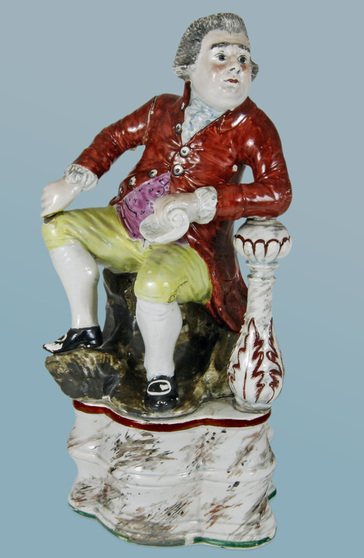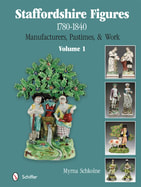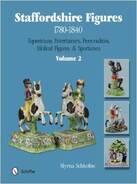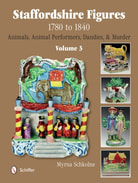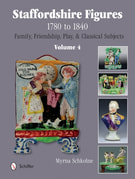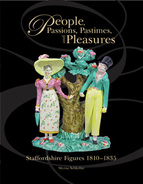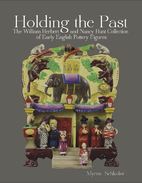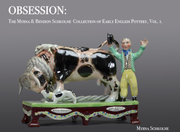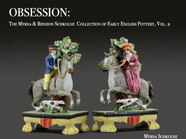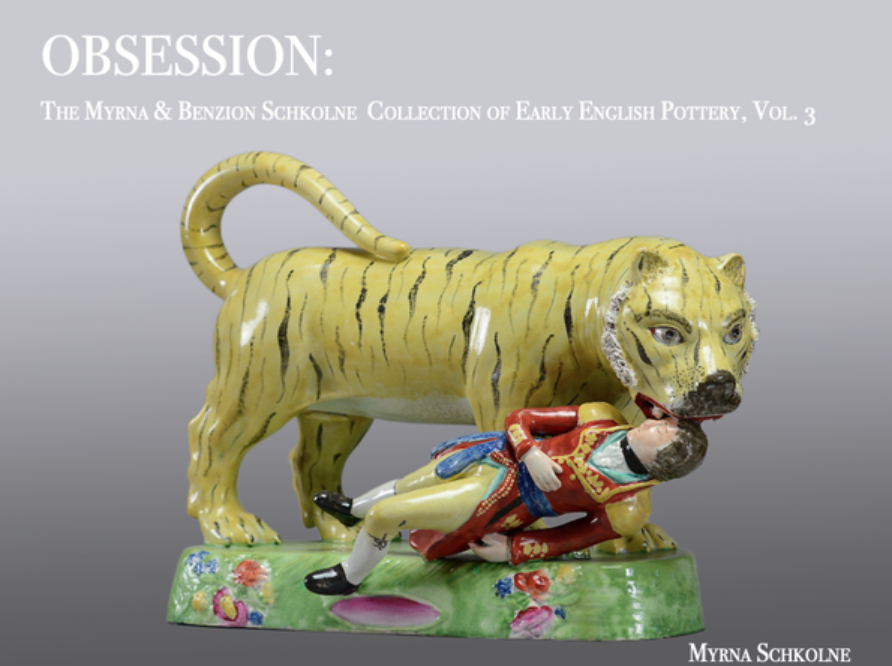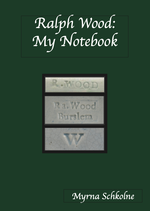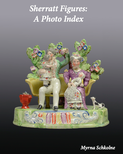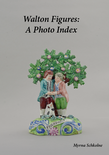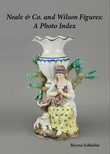The new books are divided by subject matter. In Volume 2, due out in mid-2014, you will find figures of notable individuals. Among them is this gentleman. Any idea who he might be?
- Wilkes secured the freedom of the press that facilitated the birth of newspapers. In 1771, Wilkes, then a London alderman, successfully contested the prohibition on reporting parliamentary debates in the press.
- Wilkes established in law the right of the people to elect representatives without approval from their legislature. In 1769, while imprisoned, Wilkes was reelected to Parliament by his constituents, but each time Parliament over turned the result, declaring Wilkes “incapable.” Years later, in 1782, Wilkes had expunged from parliamentary records the resolutions that had expelled him, thereby ensuring that there would be no precedent for Parliament overriding the will of the people. In 1967, the United States Congressman Adam Clayton Powell Jr. was excluded from his seat. When the appeal reached the Supreme Court, it ruled that the exclusion was unconstitutional, with Chief Justice Earl Warren acknowledging Wilkes’s case as a warning “against vesting an improper and dangerous power in the legislature.”
- Wilkes was a great supporter of American independence. Wilkes's fights fueled the American revolutionary spirit. Colonial leaders corresponded with him, and the Boston Sons of Liberty identified with him. In 1769, Virginia planters sent the imprisoned Wilkes forty-five hogsheads of tobacco, and patriots in Maryland would have done the same had their treasurer not absconded with the funds.That same year, South Carolina’s House voted £1,500 towards Wilkes’s legal expenses. London threatened severe repercussions, and the matter immobilized South Carolina politics until the outbreak of the American Revolution.
- Wilkes was a dissolute character who was reputed to be the ugliest man in England. Wilkes's personal lifestyle was debt-ridden and scandalous. Benjamin Franklin considered him “of bad personal character, not worth a farthing.” With a protruding jaw, pug nose, bad teeth, and a squint, he was reputed to be the ugliest man in England, but his face came to symbolize liberty, and his wit and charisma charmed many who met him.
The WIllett Collection figure of Wilkes was made circa 1790. By then, Wilkes had settled into a relatively staid old age. Given the complexity of the figure molds, I am not sure why more figure of Wilkes were not made. Perhaps they were, but today I know of only two. The second (below) is in a private collection.
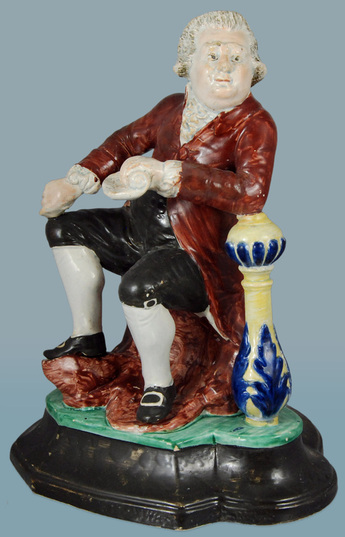
As you can see, the figure appears to come from the same figure molds as the Willett Collection figure, but the base is different. The scroll is again inscribed "The Rights of the People".
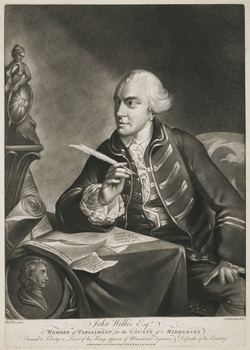
Assorted prints of Wilkes have survived the centuries, but what more life-like portrayal could there be than these two Staffordshire figures? Made when Wilkes was still alive, they give us engaging, life-like glimpses of one on the most important reformers of all time. To hold one is truly to touch the past.
